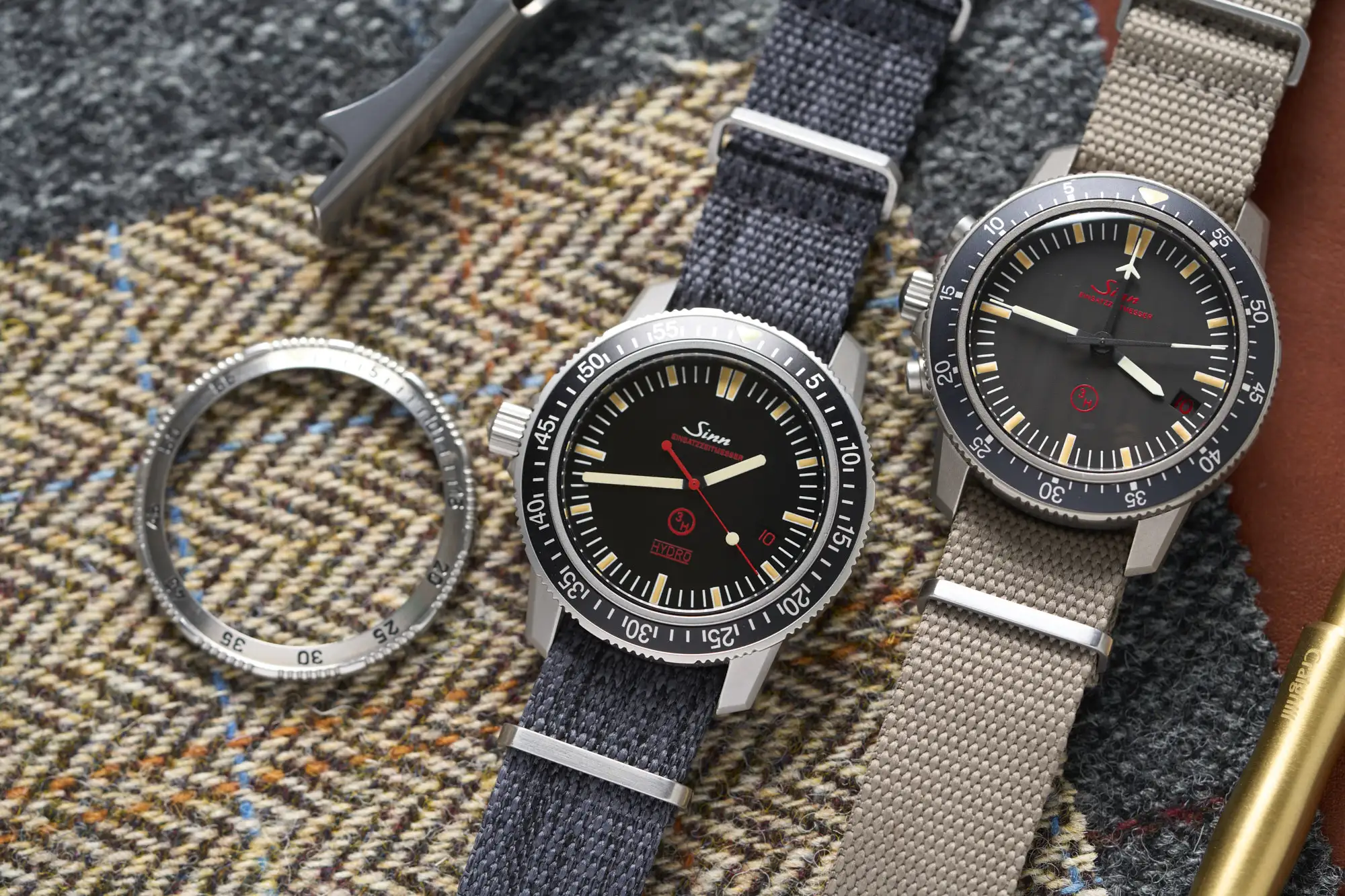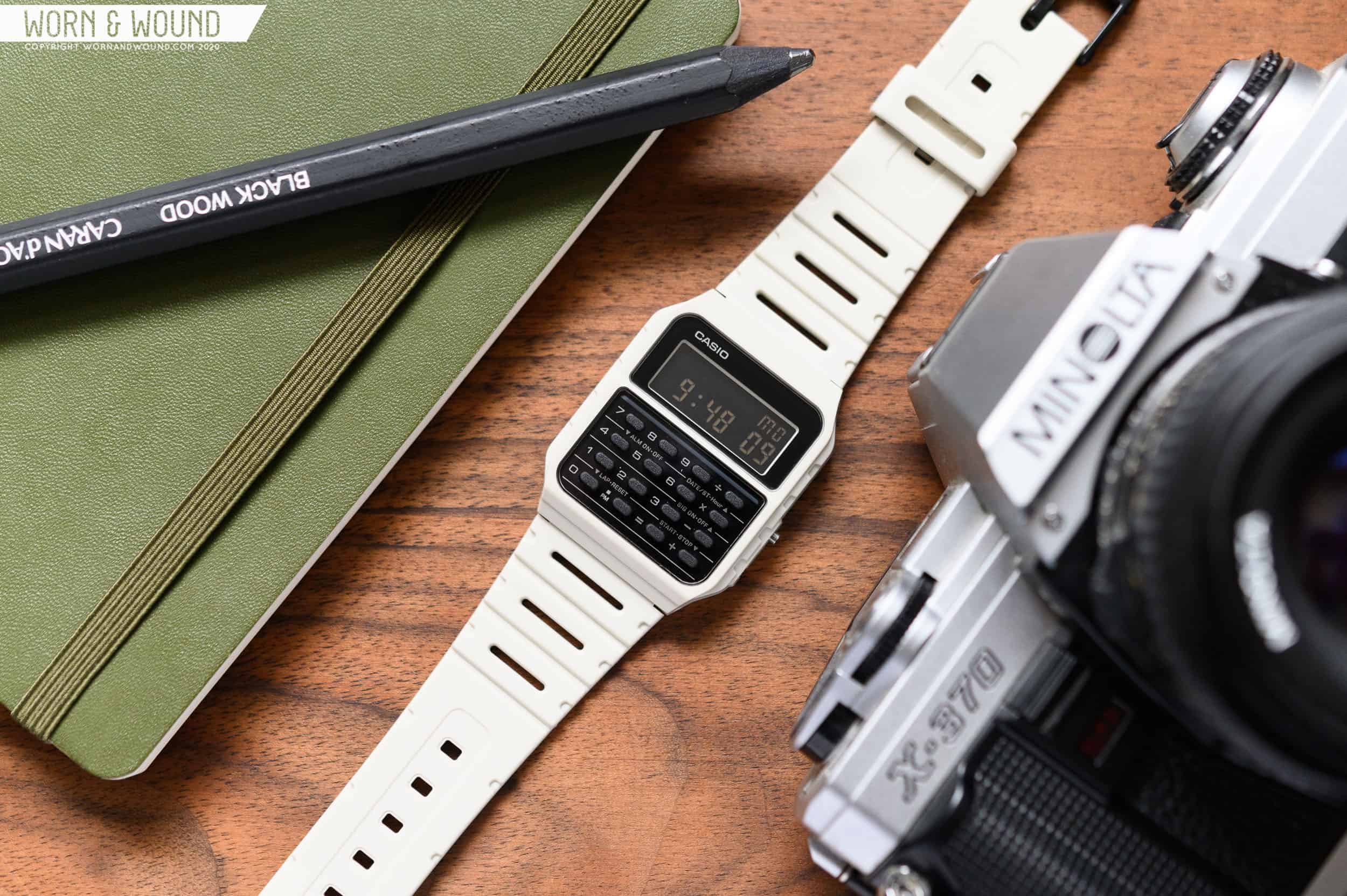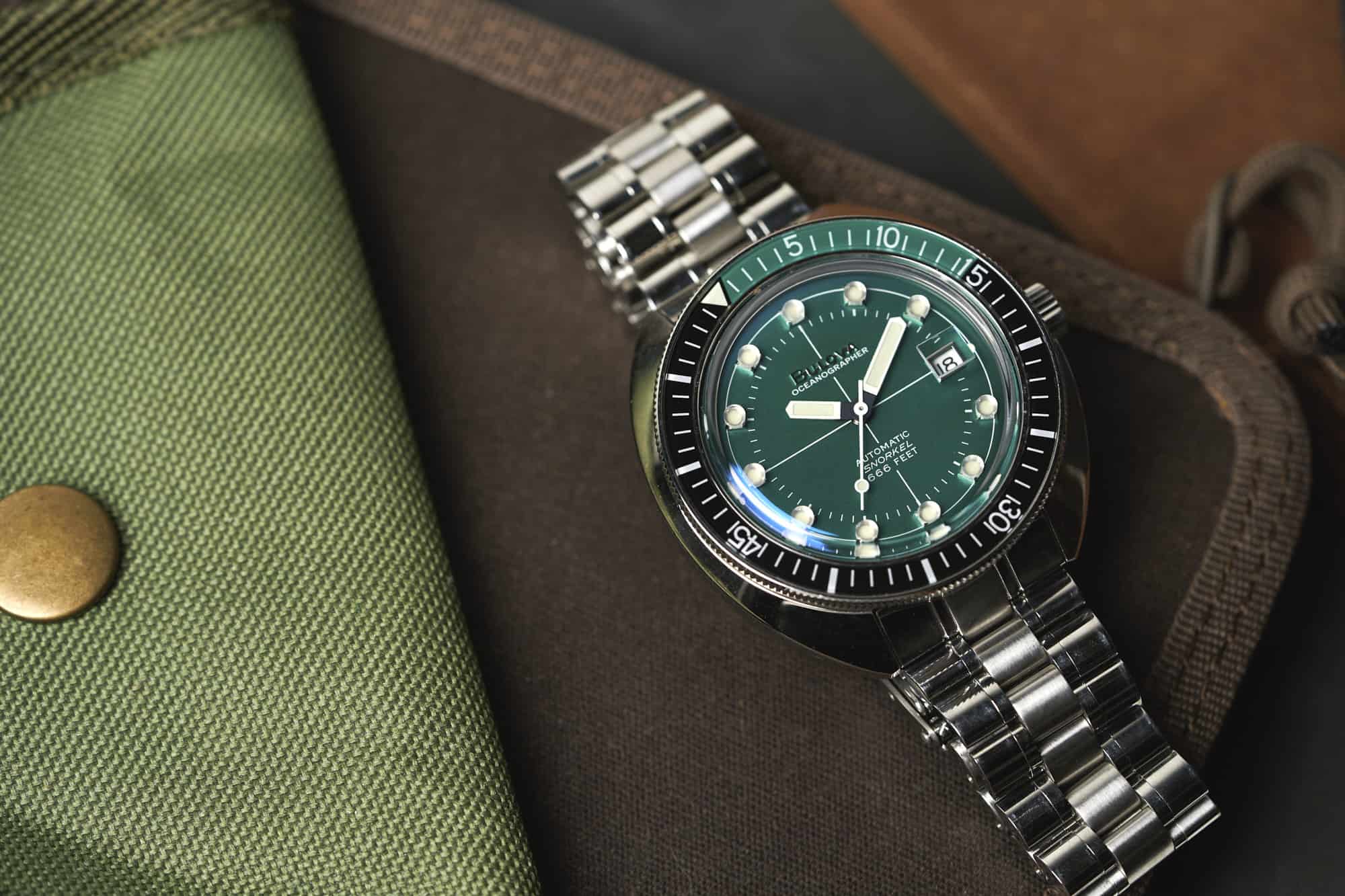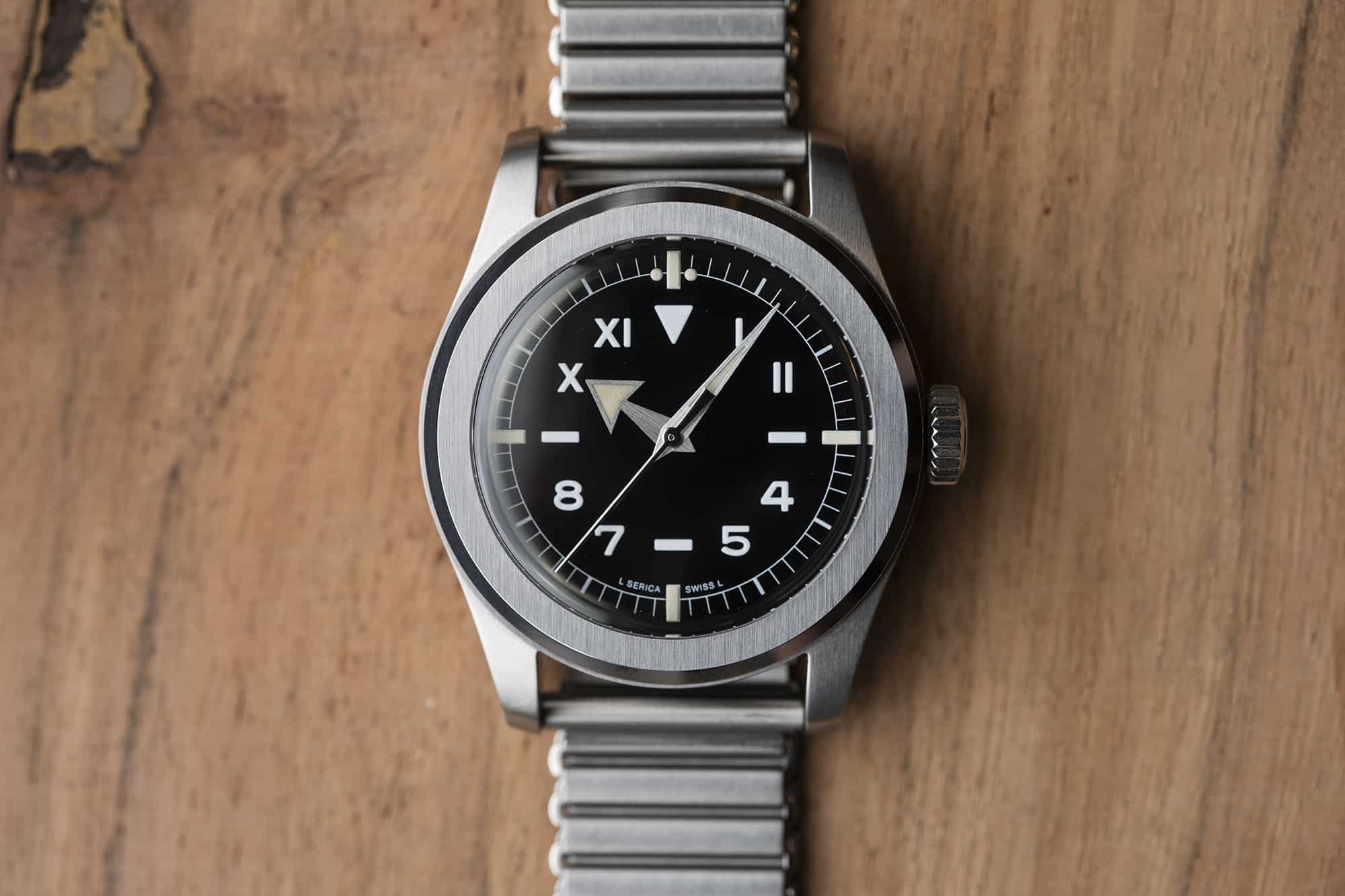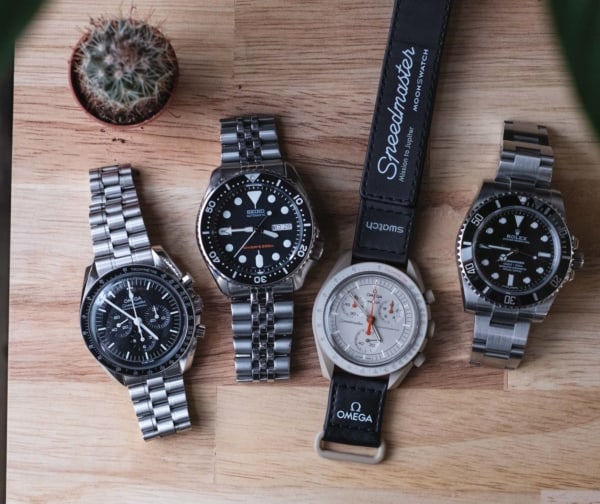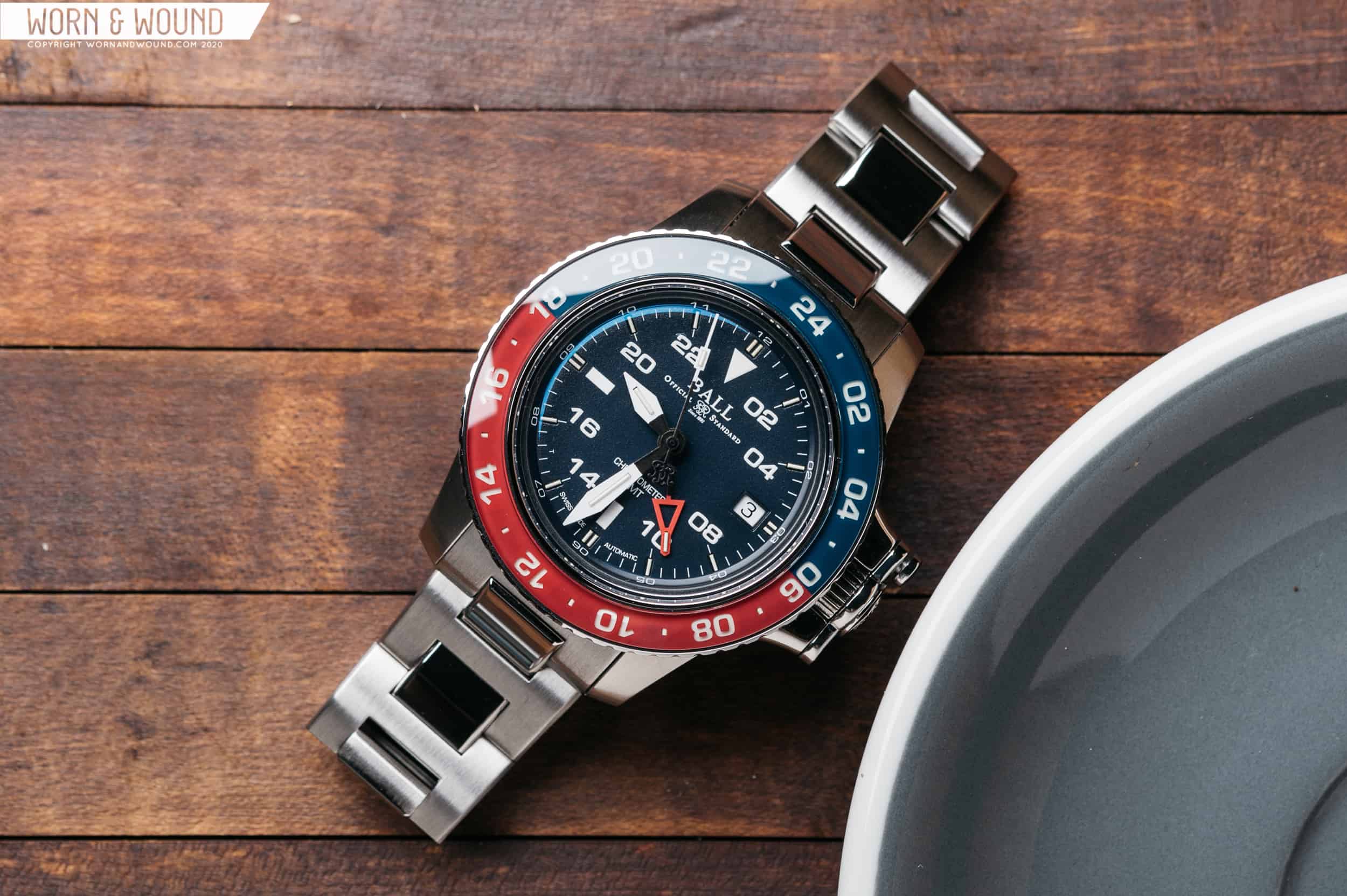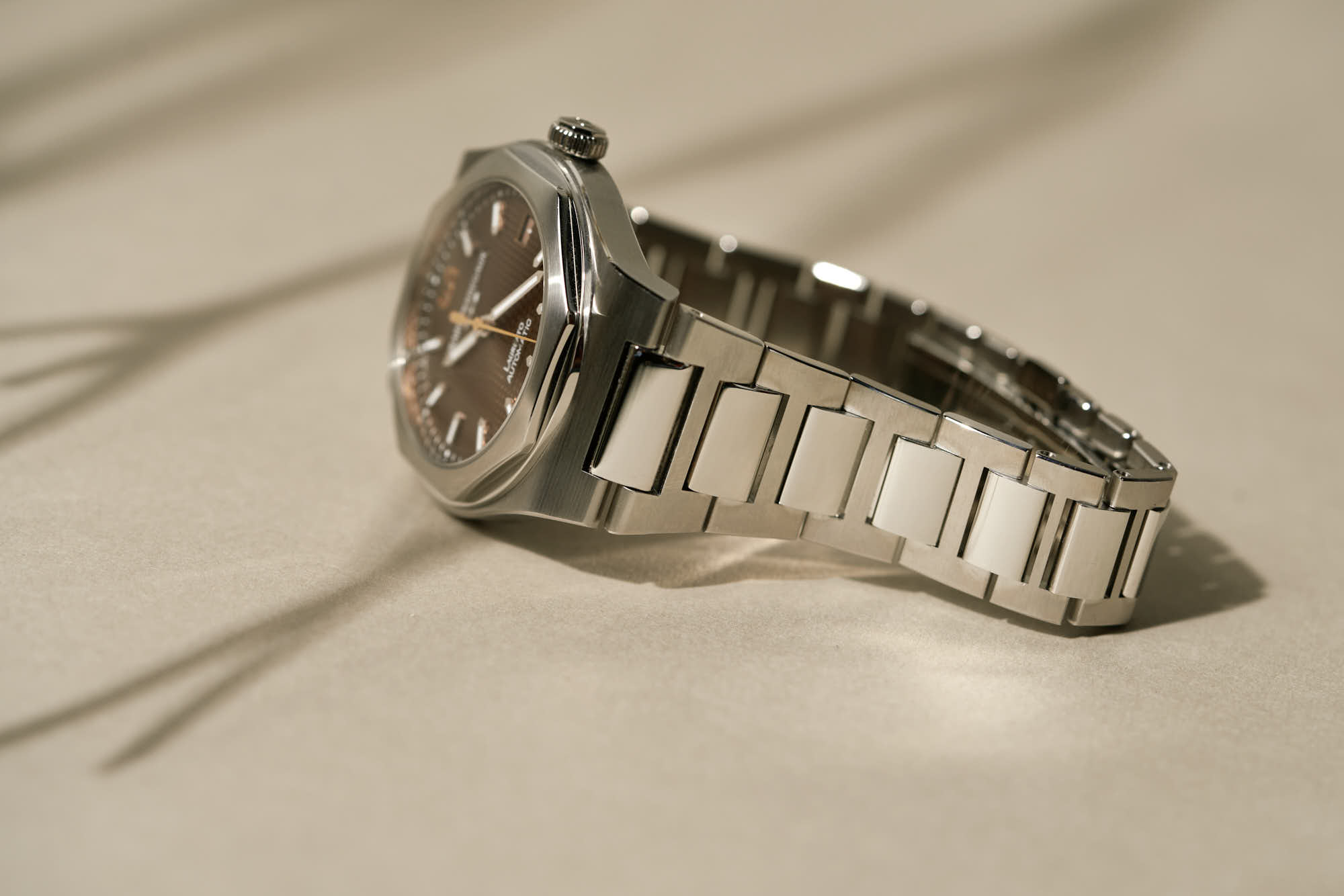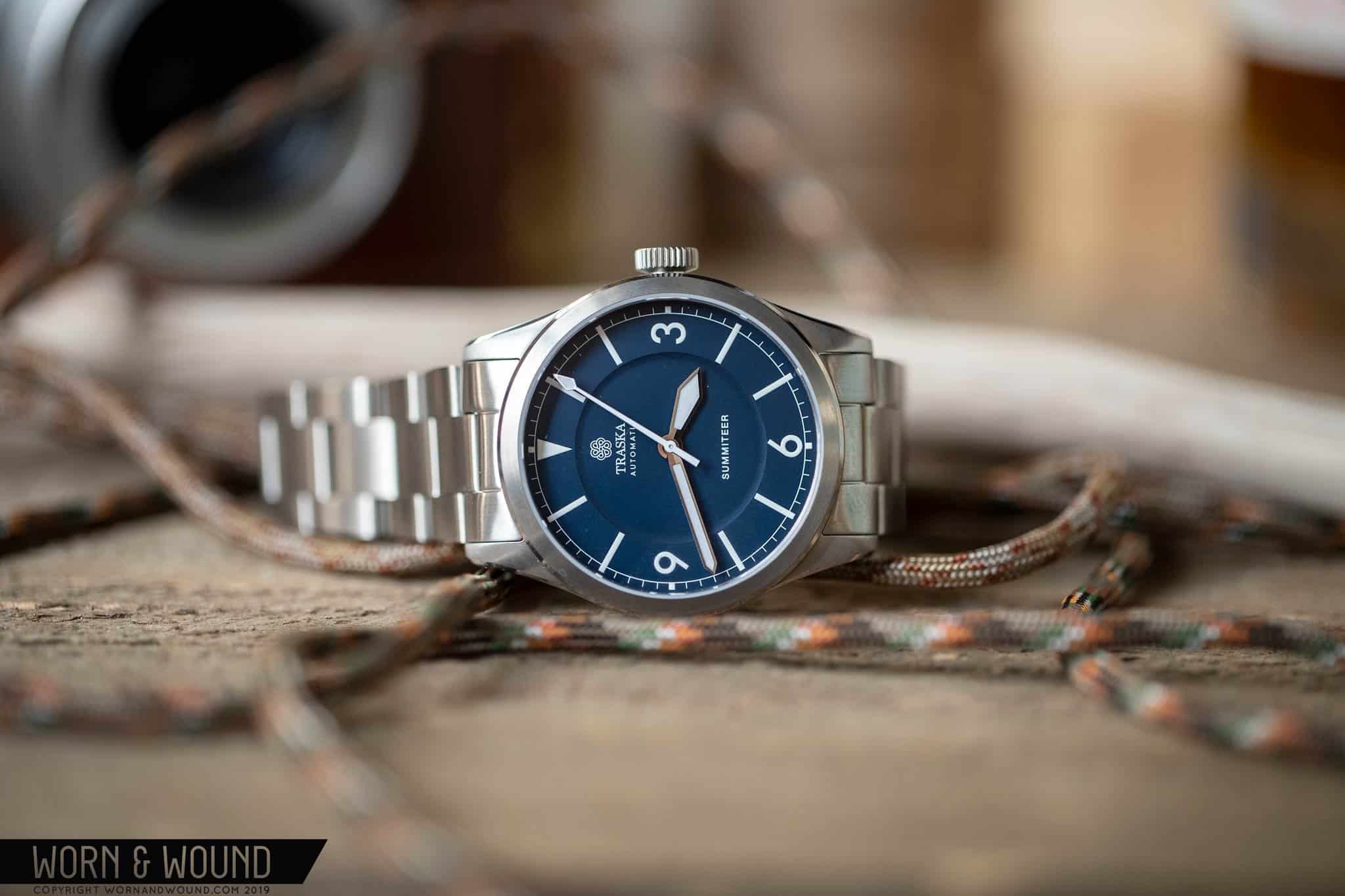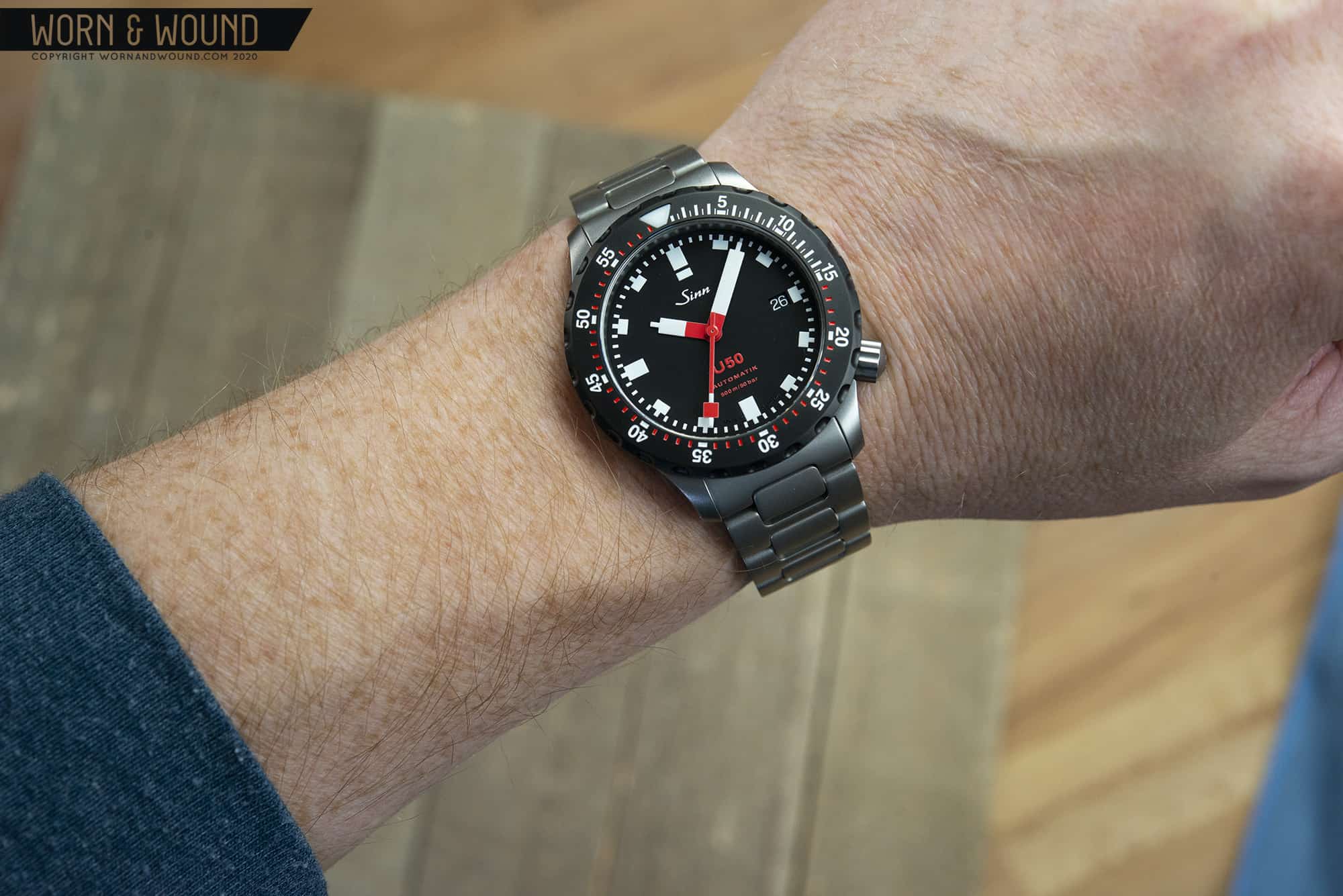I think the bracelet dilemma extends beyond bracelets vs. straps, and is founded on a larger problem in the industry: brands don’t care enough about them. Consumers have grown unfortunately desensitized to sub-par quality. When I was reading reviews of the olive green Seiko Land Tortoise, a common theme was suggesting to throw away the strap. And, hyperbole aside from actually disposing of the strap, they were right. I tried to wear that stiff slab of material for the first few days, and I’m not convinced the watch even touched my wrist- instead hovering above it on a cloud of cut corners. When a $10 no name silicone strap from Amazon can enhance wearability on a $500 watch, it’s clear where Seiko’s priorities lie.
When I sell a watch the post usually includes the phrase “unworn bracelet.” I appreciate when brands give me the option to opt out and instead use the cash I saved for a quality 3rd party strap that will make me actually want to wear the watch.
Scratch Resistant Cases
For Sinn its Tegimented, a technology used to harden their steel cases. Other brands opt for coating, such as Traska’s proprietary scratch resistant application. No matter the method, the end result is the same: resistance to wear and tear.
For a group that is often excited by patina on vintage watches, our aversion to letting modern watches age seems contradictory. When buying anything expensive, there is an innate desire to protect it. I get that. But watches aren’t shiny new kitchen appliances that look noticeably worse with a couple scratches.

Most of the time, the scratches are only noticeable to the wearer. And, as I’ve discovered on my own collection of tool watches, the inevitable abrasions add an aesthetic charm. But most importantly, scratches tell a story. It’s why we cringe at the idea of a polished Rolex. All that history, all those scuffs associated with lives lived, washed away. To create a watch designed specifically to resist collecting those stories seems counterintuitive.
We’re all here for different reasons, and a new Traska wouldn’t be so hard to obtain if there wasn’t a market for scratch resistant sport watches. But decades from now, when my kids are hopefully still enjoying the watches I created stories with, I doubt they will be wishing for pristine, blemish free surfaces.

Opinions change and preferences evolve, but something I can always depend on is the simple joy of discovering a new watch that feels authentic to me. At the moment, inspired by finicky preferences, that happens to be a recognizable yet not over-branded pad printed dial in a scratch-prone case on a NATO- not a niche I predicted, but one I enjoyed the journey to discovering.
This concludes the two-part series, but please don’t let it conclude the conversation. Do you agree with my pet peeves and deal breakers? Disagree? Let me know what selling points don’t (or do) sell you and what unexpected preferences your opinions have led you to.









 Featured Videos
Featured Videos




